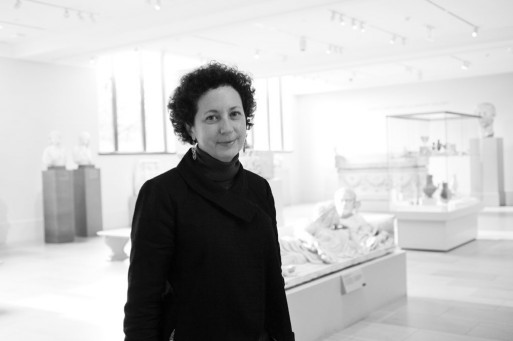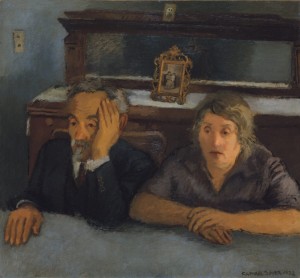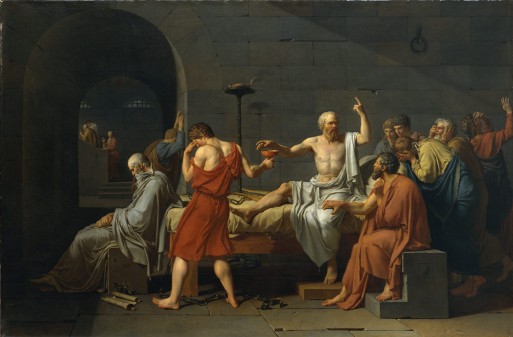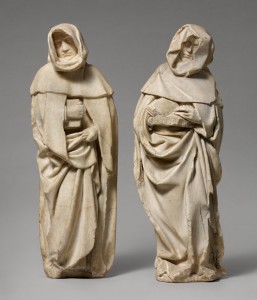If you are an artist, you may express your grief through art, but what if you are a curator of one of the most renowned museums in the country? Andrea Bayer, the curator of European paintings at the Metropolitan Museum of Art outlines her bereavement through a narrative set to great works of art, each representing a stage of mourning.
As you live longer, it’s hard to escape from grief because people that surround us go through trials and tribulations.
Starting with photos of her parents as vibrant youngsters and then switching to Raphael Soyer’s The Artist’s Parents depicting an elderly, world-weary couple, Bayer talks about her parents’ decline that led to her loss of both parents in one year.
“As you live longer, it’s hard to escape from grief because people that surround us go through trials and tribulations,” Bayer narrates on metmuseum.org, stopping at Jacques-Louis David’s The Death of Socrates—in which the great philosopher calmly faces death surrounded by his anguished students. In this famous painting, Bayer discerns positions of grief she witnessed in hospitals: head in hands, bodies slumped over—some more pensive, others candidly demonstrating their pain after being told by the doctor, “There is no more that we can do.”
In Titian’s Venus and Adonis, the plump and youthful Venus clings to her beloved Adonis, evoking a sense of romantic longing. In this painting, Bayer says, “Titian brings together life, love, lust and just around the corner – death.” The juxtaposition of youth and impermanence in this piece brings to the curator’s mind young military wives saying goodbye to their husbands, aware that this farewell embrace may be their last.
Following the Isfandiyar’s Funeral Procession (circa 1330), where the grieving Mongols surround a horse-drawn litter carrying a body, Bayer recalls how she could not remember who was present at her parents’ funeral. “It was a completely inner experience for me, as if I had been enclosed in one of those great hoods, completely wrapped in my own grief.” And now the procession leads to Paul de Mosselman’s Mourners, whose monkish figures are lost in a sorrow that permeates through the folds of their robes.
It was a completely inner experience for me, as if I had been enclosed in one of those great hoods, completely wrapped in my own grief.
Ultimately transported out of grief and into Romare Bearden’s The Block – a new perception of a funeral is introduced: one vibrant with life, color and sense of community. “There is something life-affirming about this funeral,” says Bayer about the multimedia panel celebrating life and death in a Harlem neighborhood.
The most difficult place for Bayer has been the Great Hall of the museum where she always met her parents during their visits to the Met. Now that sense is being replaced by what Bayer refers to as “a new process.” As she walks through the museum, different works of art call out to her, “as a daughter or as a mother, as someone who had deeply loved people and then lost them.”
These works of art that Andrea Bayer loves and knows so well transcend the boundaries of culture and time and depict the commonality of human experience from fifth century BC to our time.
Read more from Soulful Expressions here.

 Connecting to Grief Past and Present
Connecting to Grief Past and Present







 Our Annual Seven Holiday Gifts for Someone Who Is Grieving, 2024 Edition
Our Annual Seven Holiday Gifts for Someone Who Is Grieving, 2024 Edition
 “Making Mobiles” by Karolina Merska
“Making Mobiles” by Karolina Merska
 “Hands Up to the Sky” by Michael Franti & Spearhead
“Hands Up to the Sky” by Michael Franti & Spearhead














